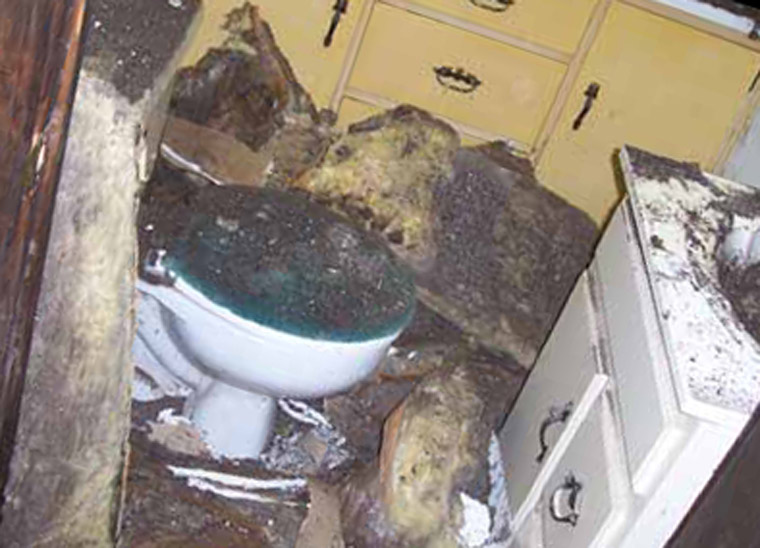-
info@aaanimalcontrol.com
Call us for help in your town
Humane Wildlife Education
The most common types of animals that poop on or in buildings
Need wildlife removal in your hometown? We service over 500 USA locations! Click here to hire us in your town and check prices - updated for year 2020.
All animals poop, so if you have noticed poop in your house or on your concrete that shouldn’t be there, it could be any number of wild critters. The good news is, the poop that you find will often help you to diagnose the problem — work out what kind of animal you have invading your building. From there you can take the appropriate steps to get rid of the animal, then clean up the mess, whilst at the same time sealing up the holes that allowed them to gain entrance in the first place.

If the poop is quite small, it’s usually indicative of a small animal. Poop that is under a centimeter in length usually belongs to a rodent, such as a rat or mouse. Rats have larger poop that mice. With mice, you're looking about a couple of millimeters, but with rats, you’re talking about droppings that can be up to 2 cm. Mice also tend to have poop with rather pointed ends, whereas rat droppings look a bit more curved in shape, with rounded-off ends. Some people may even class them as banana-shaped.
Raccoon poop, on the other hand, is much bigger, so you can tell that a larger animal has made the waste. The problem with raccoon droppings, is it can look very similar to the droppings left by domesticated pets — cats and dogs, for example. It is much bigger than the kind of droppings you’d expect a relatively small wild animal to leave, and that's because raccoons aren’t actually as small as you might think. Some of them can grow to about the same size as a small-to-medium sized dog.
You might blame your household dog for the poop that you keep finding in the garden, but it could very easily belong to a raccoon. Between two and three inches in length, and tube-shaped, you can usually tell the difference between dog poop and raccoon poop, because raccoon poop often has bits of food still left in it. This isn't the case with most dog feces.
Slightly smaller than raccoon poop, the droppings left by an opossum / possum is just under a couple of inches in length, usually about three-quarters of an inch thick. Tapered at the ends, rather than rounded off, these tend to be left in a curled shape, and also in the traditional brown shade, but with yellowing or white bits on it. This is mould.
If you have squirrels invading your yard, you’ll find poop that looks a little bit like small jelly beans, about 0.5 cm to 1 cm in length, pill-shaped and light brown in colour. Just like rats and mice, squirrels drop their waste as they run, so these will be scattered. Opossums and raccoons tend to leave piles of poop, almost like latrines.
If you have bats, you’ll definitely have bat guano (droppings) in the yard or home, and this stuff can be especially dangerous, mostly because of the risk of the airborne histoplasmosis spore. Shaped like pellets but with a more elongated shape, bat droppings are usually quite dark in color, and they are also very fragile to touch too. Not that we would advise you touch it — it’ll just crumble when you do, and this makes those dangerous spores airborne. If you are dealing with bat droppings (guano), you will most definitely need to wear a facial mask.
The poop that you find in your garden or home will generally point you in the right direction of the animal it came from, although you may need to go looking for it from time to time. In the same way that all animals need to eat, drink and sleep, they also need to drop waste matter. In the majority of cases, this waste matter can be incredibly dangerous, to the health of humans as well as other animals.
For more information, you may want to click on one of these guides that I wrote:
How To Guide: Who should I hire? - What questions to ask, to look for, who NOT to hire.
How To Guide: do it yourself! - Advice on saving money by doing wildlife removal yourself.
Guide: How much does wildlife removal cost? - Analysis of wildlife control prices.
animals in the attic
noises in the attic


















